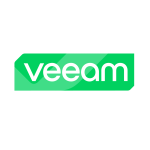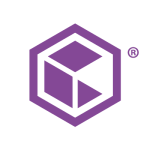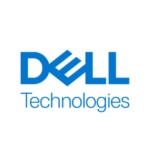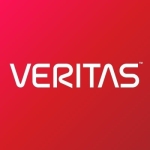What is our primary use case?
For all the most important applications, we are using Zerto as a hot site in case something were to go on with our on-prem data center-based applications. We can immediately resort to Zerto as a failover.
It's deployed for replication from our data center into the public cloud.
How has it helped my organization?
The most important thing is the mean time to restoration. When anything goes wrong, we should be able to rely on the failover data that is available, and we should be able to restore it as quickly as possible. We have been able to reduce that mean time to restore the data pretty significantly with Zerto. It's gone from a few hours to a few minutes.
What is most valuable?
There are two things that are keeping us with the solution:
- It does a very good job of keeping the data in sync at all times.
- In the event of a failover or in the event of a contingency, we are able to retrieve the data very quickly without any issues.
Both of these points are valuable to us because we have application data and it means we keep the data in sync. It is very important for us to know exactly where we left off in the event of any disaster or contingency. We can always rely on, or resort to, the data that we have as a backup or a failover. Also, in the event of a contingency, or even for doing a mock contingency exercise, the speed of retrieval of data and the speed of getting back up and running — minimizing the downtime — is important. That's where the second feature comes into play.
What needs improvement?
There are two areas which I would recommend for improvement. One is when we are trying to upgrade any virtual machines, we have to stop the virtual machines that have been replicated in Zerto and then upgrade or update to the virtual machines onsite. Instead of having to do it manually, there should be some way of automating that particular function.
And when it comes to AWS failover, the documentation has a lot of scope for improvement. It's come a long way since we implemented it, from the scantiness of documentation that was available to do a failover into AWS or recover from AWS, but they could still do a much better job of providing more details, how-to's, tutorials, etc.
In terms of additional features that I would like to see included in the next releases, if they could provide us some kind of long-term storage option, that would be the best thing. Then it could be a storage and a failover solution combined into one.
For how long have I used the solution?
I have been using Zerto for two-and-a-half years.
What do I think about the stability of the solution?
It's a very stable solution.
What do I think about the scalability of the solution?
It scales very well, in terms of the data size and the number of sites that we want to add on. It has scaled very well, at least in the last two releases.
We have plans to increase usage, but as it is we are using it for about 75 percent of the data at this point. The balance of the data will come onboard by early next year.
We have about 25 people using Zerto, and they're mostly database and storage administrators, infrastructure people, and security people.
How are customer service and technical support?
We have not used the technical support. One thing I can say is that they have a very friendly team of engineers. If you have a problem, they are at your beck and call. You can call them and get it resolved.
Which solution did I use previously and why did I switch?
We were using another solution but I don't want to name it. The primary reason we switched was the ability to restore the. Our main goal was not only to have good replication of data, but to be able to restore the data as quickly as possible in the event of any contingency, whether planned or unplanned.
From that standpoint, when we put Zerto against the existing product, what took us a few hours in that product took us a few minutes with Zerto. That was primarily the goal. Even though this product was a little more expensive than what we had prior to going with Zerto, we still went ahead with Zerto.
How was the initial setup?
The initial setup is very straightforward compared to a lot of others. The user interface is very simple and very intuitive. It goes one step at a time so you can logically follow through the steps to set it up. Whether it's a small site or a big site, it doesn't really matter.
Overall our deployment took about two weeks. We had a detailed project plan, as we always do with any new products or projects that we come up with.
It doesn't require any full-time staff to deploy and maintain the solution. Once you turn on the process, all that somebody needs to do is just monitor the schedule and see whether it's doing things the way it has been programmed.
What was our ROI?
We have absolutely seen return on our investment with Zerto. We do mock disaster recovery exercises and, in every such exercise since we've gone ahead with Zerto, we've been able to restore the data within a few minutes, very easily, without any business loss. That gives us the confidence to say that, even in the case of a real disaster, we should be able to restore the data.
Which other solutions did I evaluate?
We didn't evaluate any other options.
What other advice do I have?
Know your use case and then do a thorough proof of concept with your use case to see whether the solution works for your environment and your specific use case. Have a well-defined project plan and negotiate your way with the vendor.
The biggest lesson our organization has learned in using Zerto is that you should understand the product very well. You should understand what the product is capable of doing and leverage the options and features that are available in the product to the optimal extent.
Disclosure: PeerSpot contacted the reviewer to collect the review and to validate authenticity. The reviewer was referred by the vendor, but the review is not subject to editing or approval by the vendor.
















Zerto is not the least expensive alternative to software replication, but it is reliable and easy to use.